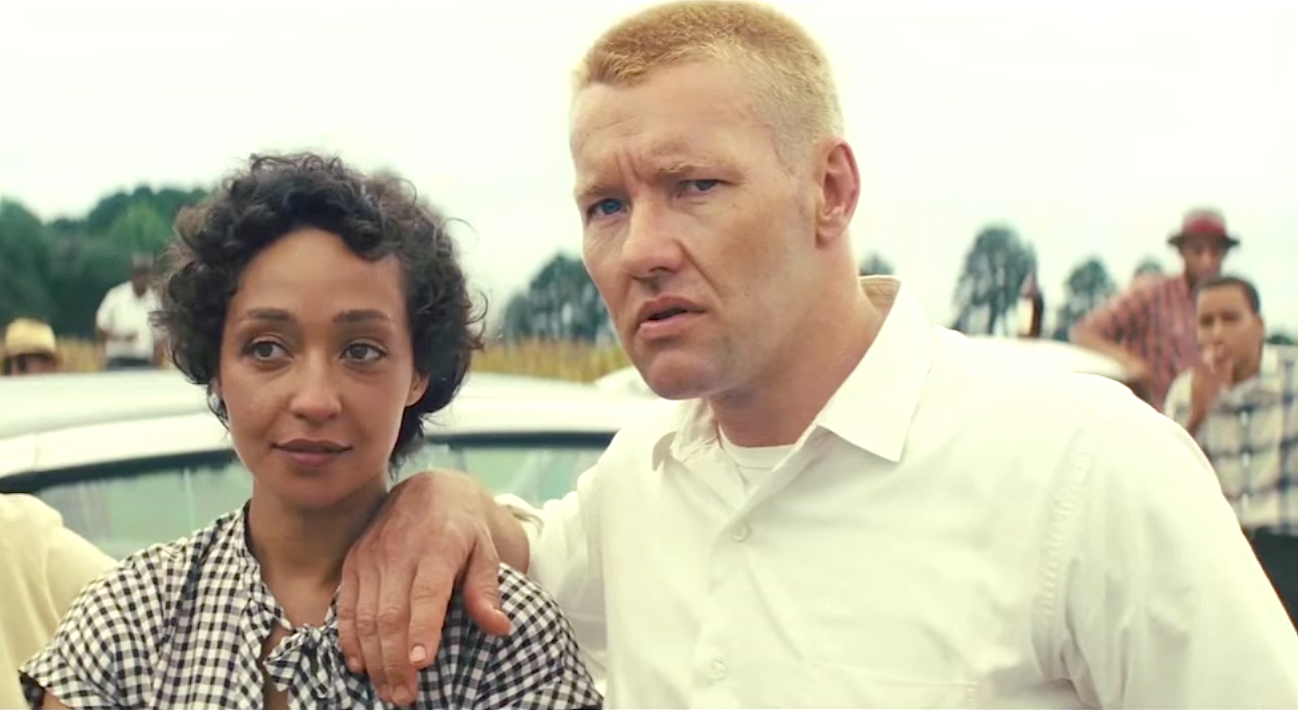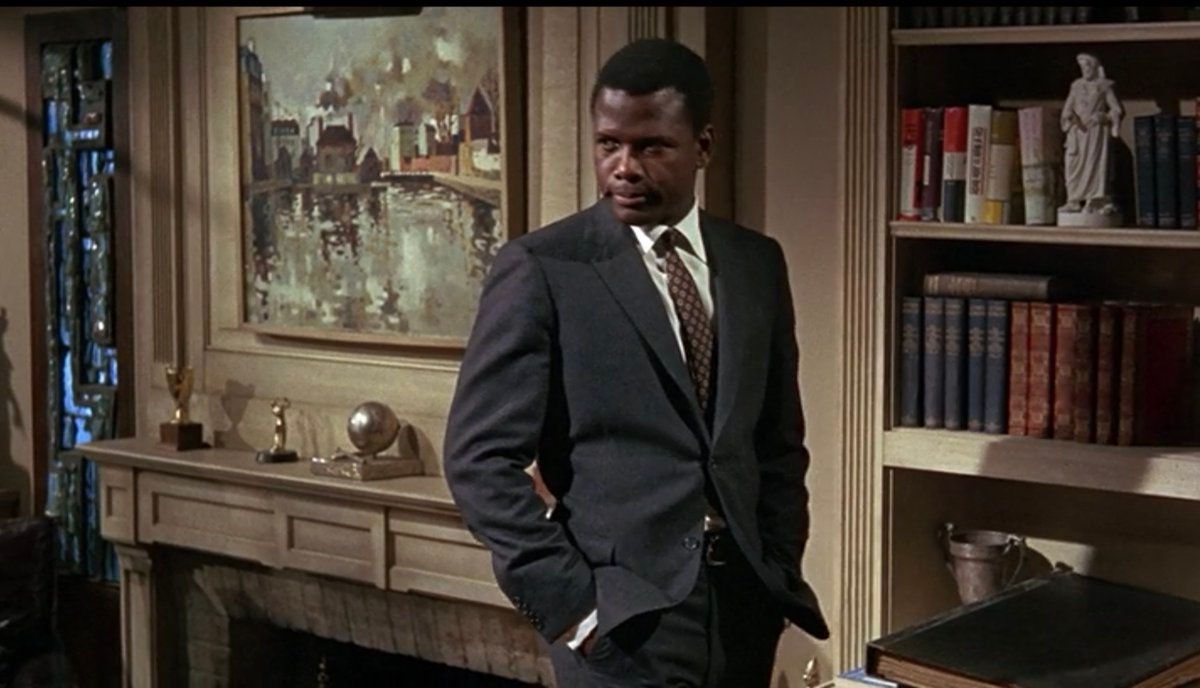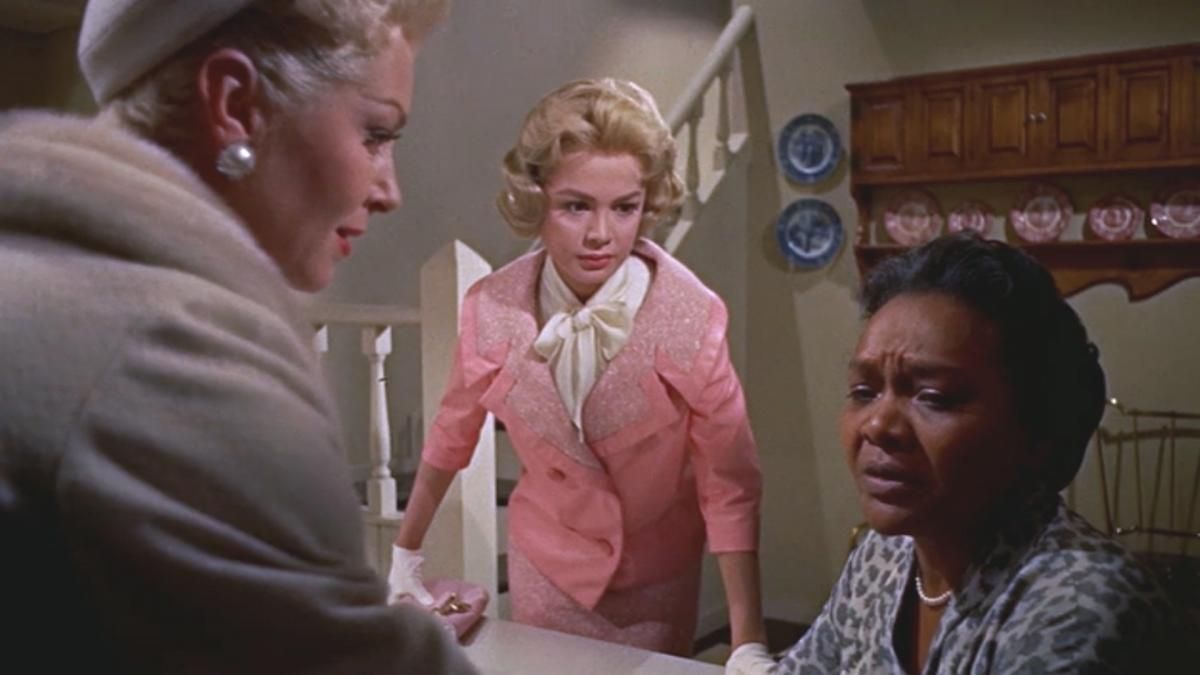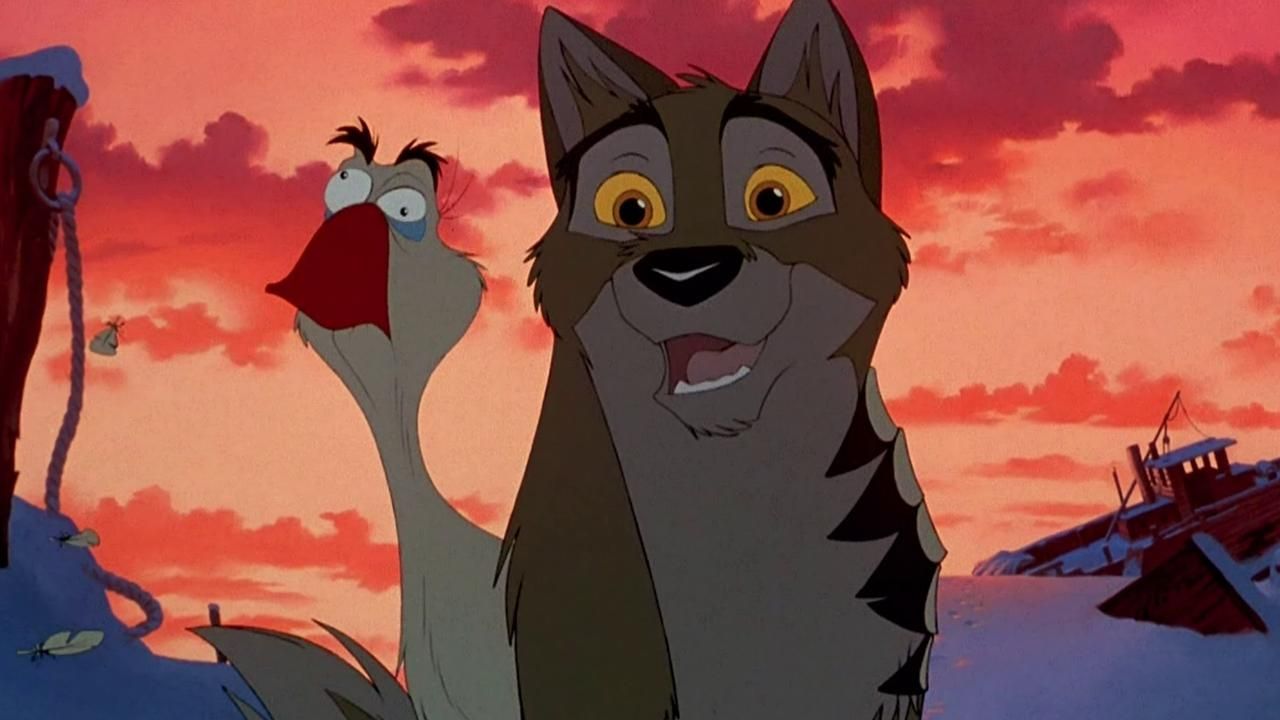Hollywood has had a plethora of entertainment and beauty, but it's often mixed with destructive clichés, stereotypes, and questionable portrayals of certain people. Interracial love and procreation has been included in this since Hollywood's early days, and what seems to be a topic of derision and ridicule in several films is the practice of miscegenation, which has often been seen as a taboo aspect for the film industry.
Whether it’s an interracial couple who receives opposition from naysayers, or someone being the product of interbreeding, this subject seems to always spawn some feelings of discomfort in characters who are not people of color, making its subjects ashamed and sometimes insecure of their situation.
Miscegenation ("our last taboo"), for those unaware, is the practice of different 'races' breeding, which was often looked down upon before, during, and even after the Civil Rights movement. Laws were put in place to keep the races separate, which left a systemic conditioning to keep marriage homogenous. This conditioning seems to have left a permanent emotional scar in the film industry. So how has Hollywood viewed the customs of interbreeding, and why have they yet to truly normalize it?
History dictates Hollywood
Understanding that history is almost always going to be the defining factor in the interpretations of Hollywood motion picture-making will allow people to better understand the shady history and views of social issues on-screen. When there was a notable war, Hollywood talked about it. When there was a game-changing event in human history, nine chances out of ten, Hollywood was there to make a film about it, with their own tweaks and twists.
However, when filmmaking giants have tackled the topic of miscegenation, a tone of intolerance often strikes the hearts of the characters in the films and (sometimes) even the viewers watching. The most notable films discussing miscegenation (Pinky, Loving, Imitation of Life, and Guess Who’s Coming to Dinner) often have their characters either participate in the activity, thus being ridiculed for it, or have characters in opposition to the activity, which often leads to the relationship being strained and tested for the remainder of the film.
Given that most of these movies were made during a time of racial insensitivity, audiences found the relationships between the opposite-raced characters unorthodox and looked upon it with incredible skepticism and irregularity. Interracial marriage was a taboo talking point and was quickly restricted in the United States due to the segregationist laws of Jim Crow America.
In the 1967 film Guess Who’s Coming to Dinner, Sidney Poitier's character falls in love with a young white woman and, as a result, both parties’ families protest the notion of marriage as they worry about the trouble that will most likely conspire against the couple. The stigma of interracial relations caused the disparagement of their engagement and. instead of having it normalized, the characters look it at as something either very awful or very beautiful, when it should probably just be looked at as not a big deal. Normalization doesn't involve glorifying something, it involves making it just as acceptable and boringly normal as everything else in the world, and the loverbirds of Guess Who's Coming to Dinner display this excellently in stark contrast to the characters surrounding them.
The child becomes an ashamed outcast
In addition to the history of miscegenation, the child who comes out of the act, particularly in movies, feels ashamed of themselves and begins to have an identity crisis. In the 1959 film Imitation of Life, a girl named Sarah Jane is raised by her Black mother, but due to her light skin and Caucasian features, she spends most of the film passing as white, feeling ashamed of her heritage to better fit in with the white community.
Sarah Jane’s shame is what fueled her attempt to assimilate into a white society. This feeling of belonging in a higher class is what she craves, but society rejects her at almost every turn. Sarah Jane’s boyfriend beats her up when finding out her mother is Black, she is fired from her job over her race, and is haunted by her own self-disgust.
The movie portrays her in a way where she is ashamed of her Blackness and not proud of it. While Douglas Sirk's beautiful film condemns these views on the surface, it tacitly repeats the narrative that African-Americans are inferior to the white race. A better example is the film Loving, about the real-life interracial couple Richard and Mildred Loving, who get married and have children against the laws imposed by the state of Virginia. As a result of them trying to abolish the anti-miscegenation laws, the courts have deemed their children as “bastards” and find them as outcasts. The movie does a great job of normalizing the couple as simple people who want to get married, but also tackles prejudice with authenticity.
The children also suffer from the abuse and stigma from the toxic mindset that can be seen in some Hollywood films; History has pushed this inferiority on African-Americans and mixed people of color, and Hollywood just reflects it.
Beyond traditional miscegenation
While many people think of miscegenation as 'Black and white,' the film industry puts miscegenation in a bad light outside of race and even into the fantasy world. In 2017’s Guardians of the Galaxy Vol. 2, Peter Quill (Chris Pratt) is ridiculed and insulted by those who say that he's of “an unorthodox genealogy” and is a “reckless hybrid.” Quill’s mother was from Earth before she died and his father, Ego (Kurt Russell), is a celestial. The two characters brought Quill into the world, and he was a subject of ridicule.
In the 1995 animated film Balto, the titular character is a wolf-dog hybrid who is constantly bullied primarily for that purpose alone, and even in the Harry Potter series, there are wizard categories for pure-bloods, half-bloods, and mud-bloods to classify wizards dependent upon who their parents were.
To Hollywood, miscegenation has extended beyond race and has become a norm for a character to overcome, as if it's a detriment to them. The problem arises when, even in this day and age, miscegenation is still looked at as unorthodox, and something that has yet to be fully normalized, because true progress comes from letting old habits die.




